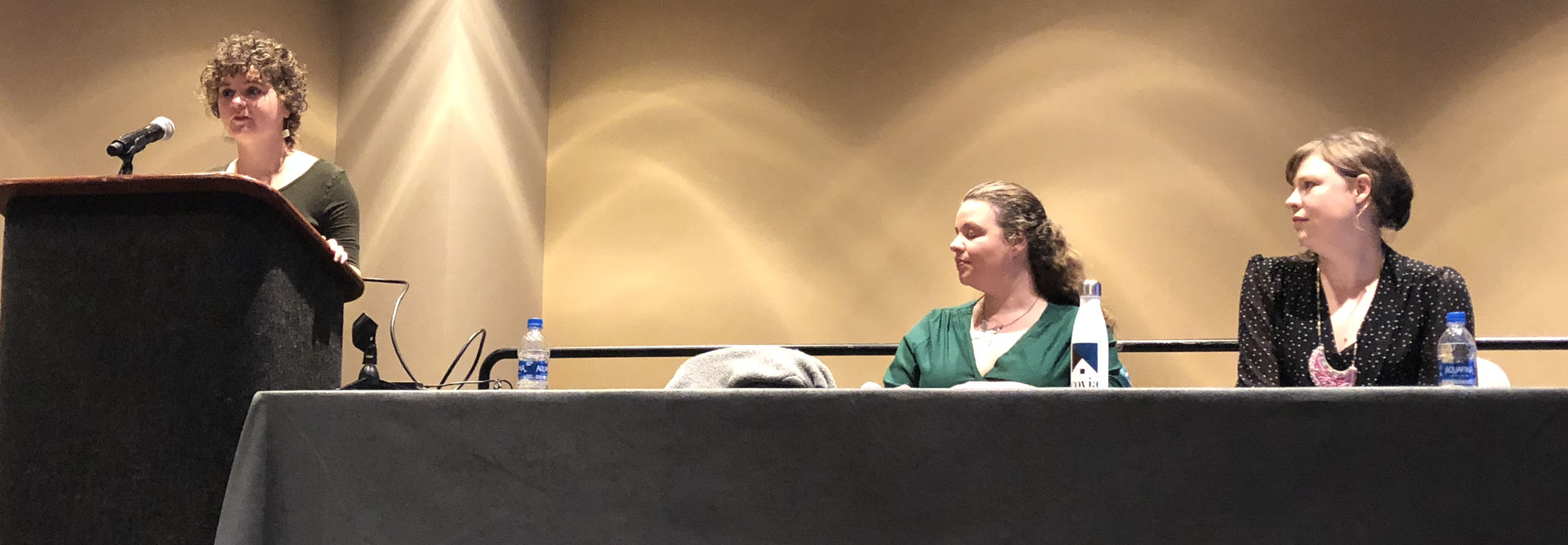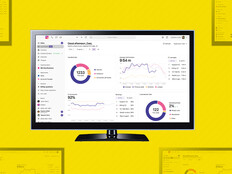LeadingAge 2018: Phone, Videoconferencing Tools Help to Fight Loneliness in Seniors
Technologies such as virtual reality and telehealth continue to make inroads as tools that can help combat loneliness among seniors. The former can help seniors take virtual trips to places they never thought they’d visit, or even connect them to family members at events they otherwise might have to miss. Telehealth, meanwhile, can help keep seniors connected to their doctors when they might have difficulty with travel or mobility.
Just as important, however, is the ability of tools, including phones and videoconferencing, to connect seniors to each other socially, speakers at the LeadingAge 2018 conference in Philadelphia said on Monday.
JOIN THE CONVERSATION: Follow @CDW_Healthcare on Twitter for continued LeadingAge 2018 coverage!
“How do we provide opportunities and create communities for people who aren’t experiencing social connections in person or within a community?” said Katie Wade, associate director for Well Connected, a community of outreach staff and volunteers for adults over age 60 that is part of Covia, a group of senior communities based in the Bay Area in California. “I bet if you take a moment right now, you can think of someone — a resident or someone you know — who is not feeling connected.”
Social Access Without Walls Improves Individuals’ Self Worth
The Well Connected community provides seniors with “without walls” access to more than 70 social groups weekly. Individuals can participate using just a telephone, or via a computer or tablet. More than 90 percent of the community’s content is produced by participating individuals, Wade said.
“When people are producing and they have an outlet for creative exploration and expression, we really see a transformation to pride and a sense of self-worth,” she said. “Older adults are coming up with ideas for group conversations, games, support groups, classes, presentations and leading those phone conferences for their peers.”
One such program was a digital storytelling collaboration between Well Connected and Stagebridge, an Oakland, Calif.-based theater company for older adults. Sadie Harmon, director for dementia-inclusive communities at the Alameda, Calif.-based Elder Care Alliance, helped to develop the program when she previously worked as director of the Performing Arts Institute at Stagebridge.
Part of the program’s success, she said, was due to the use of a simple interface consisting of just a laptop, in front of which storytellers would sit.
“We didn’t have to have any extra technology, so we didn’t even use microphones,” Harmon said.
The collaboration was also connecting to an existing practice, she said. It worked well because it consisted of a lot of “really dedicated storytellers” who already had familiarity with videoconferencing tools such as Skype; Well Connected uses Zoom technology.
Additionally, the storytellers enjoyed connecting to the Well Connected community. It allowed them not only to expand their social reach, but also to polish their storytelling craft.
Simple Technology Can Increase Accessibility
One of Well Connected’s mantras is to “avoid inaccessibility,” which is why it makes its programs available to participants using a regular telephone, Wade said. Currently, 90 percent of its programming platform is made up of simple phone conferences, while the other 10 percent is made up of videoconferencing.
“We want to make sure that the technology we’re using is at the level that people want to use, so that we’re not introducing something that’s sky-high inaccessible,” she said. “Phone conferencing is often overlooked when you talk about technology, but the phone is still a main piece of technology that almost everyone has access to. I think of the telephone as the great equalizer; most people can successfully call into a phone conference or dial a toll-free number.”
Keep this page bookmarked for articles from the event. Follow us on Twitter @CDW_Healthcare, or the official LeadingAge Twitter account, @LeadingAge, and join the conversation using the hashtag #LeadingAge18.









